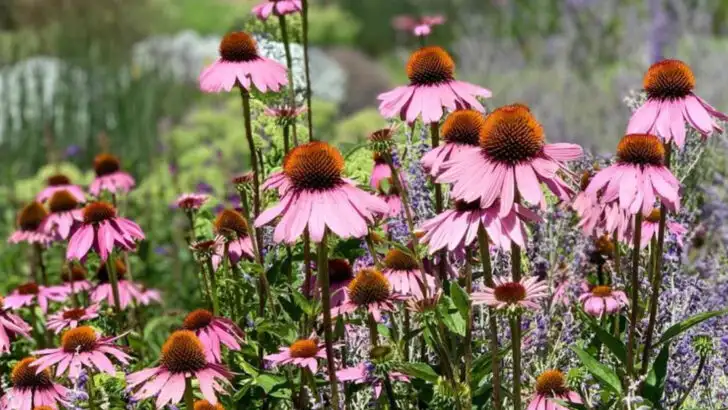If your garden feels a little too quiet lately, it might be missing one very important guest: bees. These buzzing little pollinators are more than just cute garden visitors—they’re absolutely essential for helping your flowers bloom, your fruits ripen, and your whole backyard ecosystem thrive. The good news? You don’t need a full apiary to bring them in. Just plant the right bee-attracting flowers, and nature will take it from there.
Some flowers act like a beacon for bees, drawing them in with rich pollen, sweet nectar, and bright blooms that stand out like neon signs in the natural world. These aren’t just any flowers—they’re bee magnets, and they’ll have your garden buzzing (literally) in no time. Even better, many of them are low-maintenance, drought-tolerant, and easy to grow in everything from garden beds to balcony pots.
Whether you want to support local pollinators, boost your vegetable yields, or simply enjoy the sight and sound of a healthy, lively garden, these 17 flowers are the fastest way to turn your space into a bee hotspot. Bonus: they’re gorgeous, long-blooming, and some even smell incredible. Get ready to meet the flowers that could give a beehive a run for its honey.
Lavender
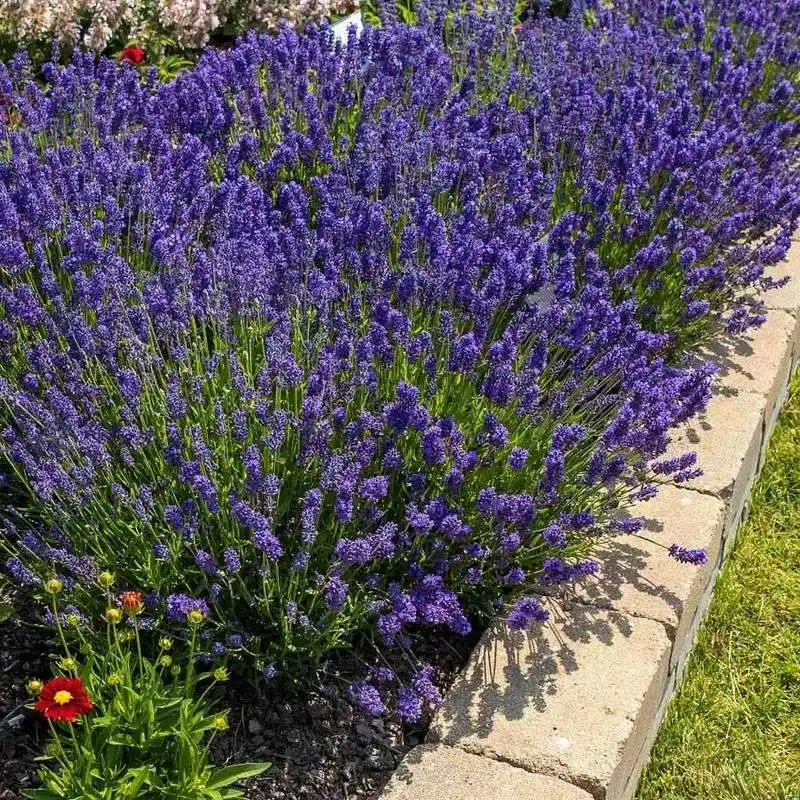
Known for its soothing aroma, lavender has been captivating both humans and bees for centuries. This fragrant herb boasts a profusion of purple blooms that bees find irresistible. Lavender’s appeal doesn’t end with its scent; its nectar-rich blossoms make it a favorite snack for bees. Planting lavender in your garden not only adds a splash of color but also serves as a natural bee magnet. Interestingly, lavender oil has been used in aromatherapy to reduce stress, hinting at its calming influence over both humans and bees alike.
Sunflower
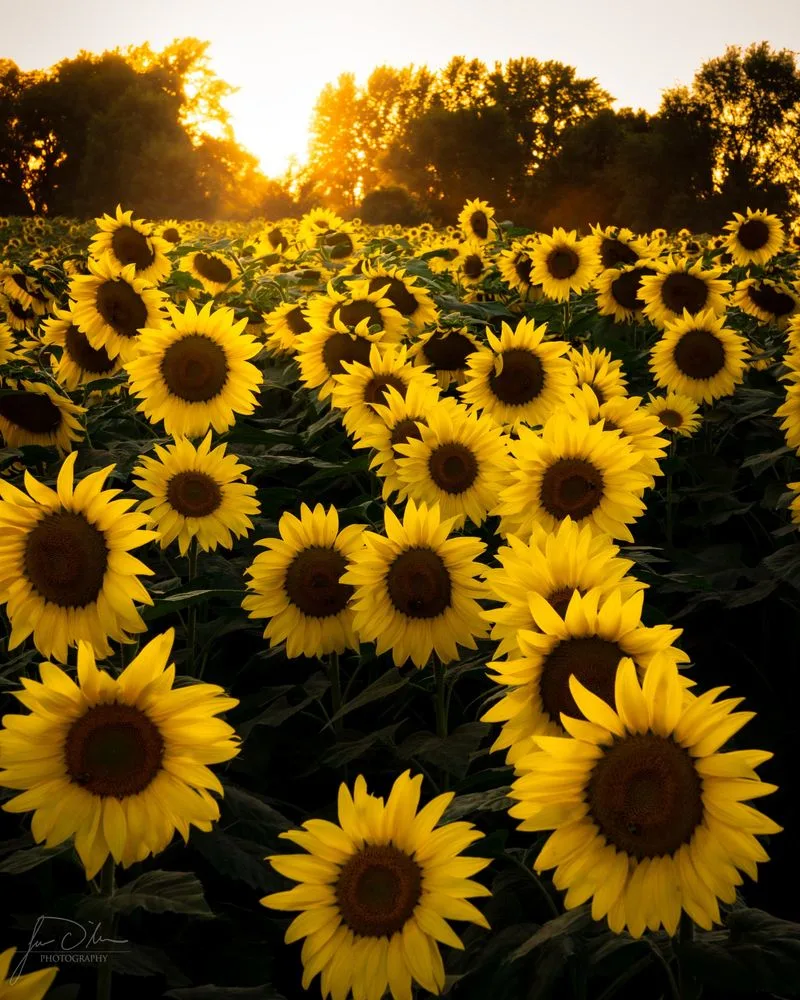
Standing tall and bright, the sunflower is as much a favorite to bees as it is to gardeners. Its large, sunny face provides ample landing space for bees to feast on its pollen. Beyond its visual appeal, sunflowers offer a rich source of nectar that keeps bees coming back. Historically, sunflowers have been used not only for decoration but also as a food source, highlighting their versatility. Whether grown in vast fields or small patches, these golden giants are sure to draw in the bees.
Bee Balm
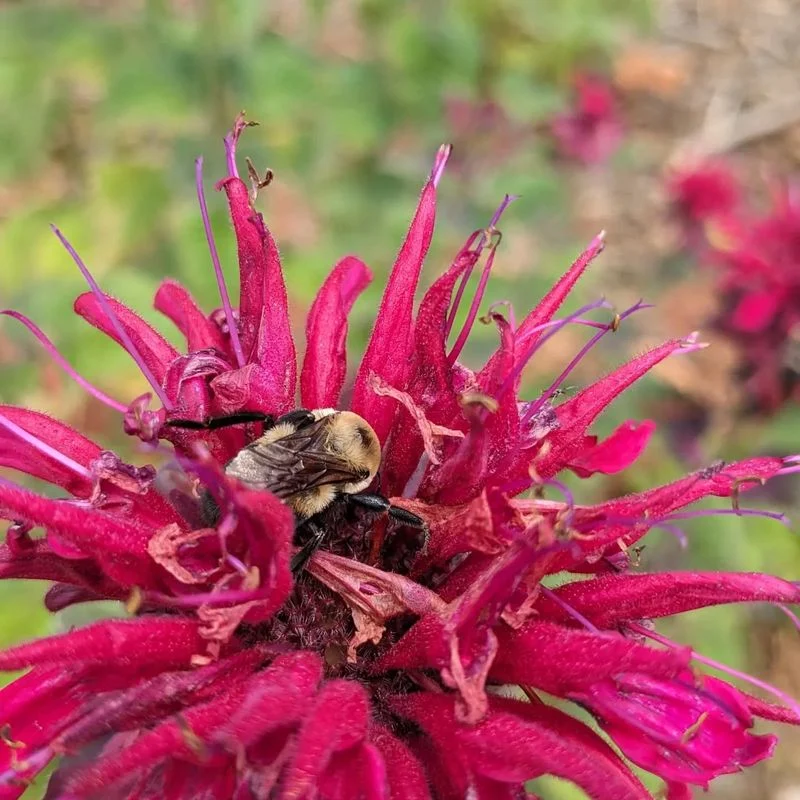
Bee balm, with its fiery red and pink blooms, has a unique charm that draws in bees like a magnet. This hardy perennial bursts into color in the summer months, providing a feast for the eyes and a haven for bees. Its tubular flowers are perfectly shaped for bees to access their sweet nectar. Aside from attracting bees, bee balm is also known for its medicinal properties, often used in teas to treat colds and fevers. It’s a vibrant addition to any bee-friendly garden.
Borage
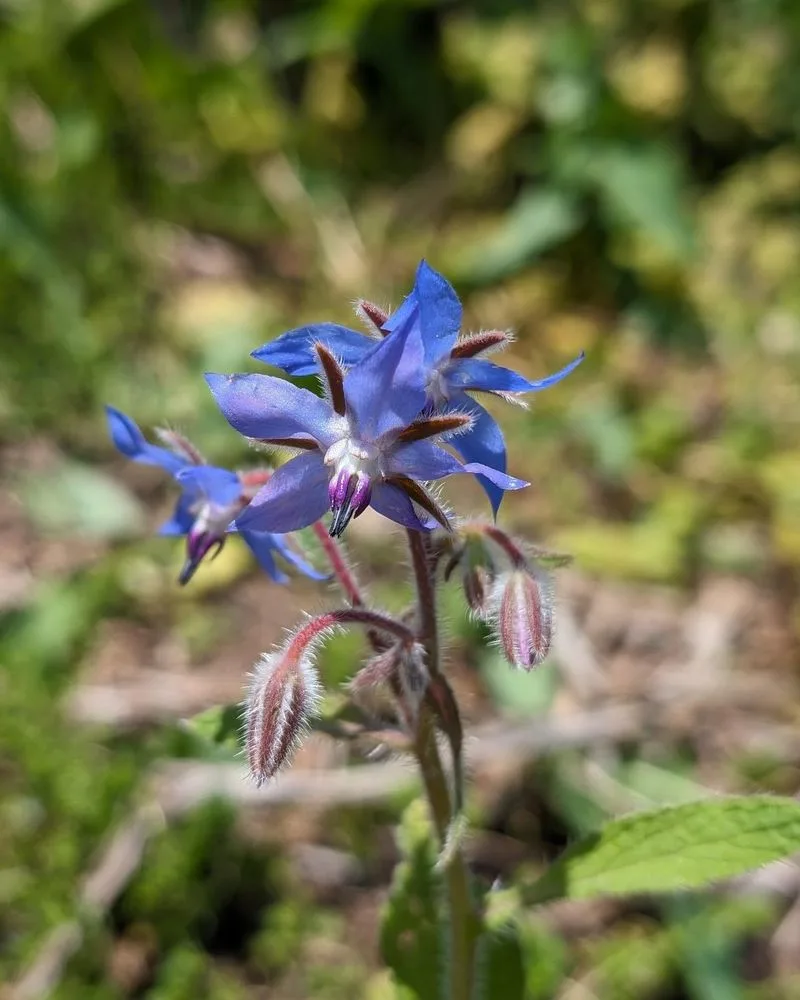
Borage, often recognized by its star-shaped blue flowers, is a beloved plant among bee enthusiasts. Its continuous bloom throughout the growing season ensures that bees have a constant source of nectar. This plant’s resilience and ease of growth make it a popular choice for beginner gardeners. Beyond its bee-attracting prowess, borage leaves are edible and have a cucumber-like flavor, often used in salads and drinks. It’s a plant that serves both aesthetic and culinary purposes while keeping bees well-fed.
Echinacea
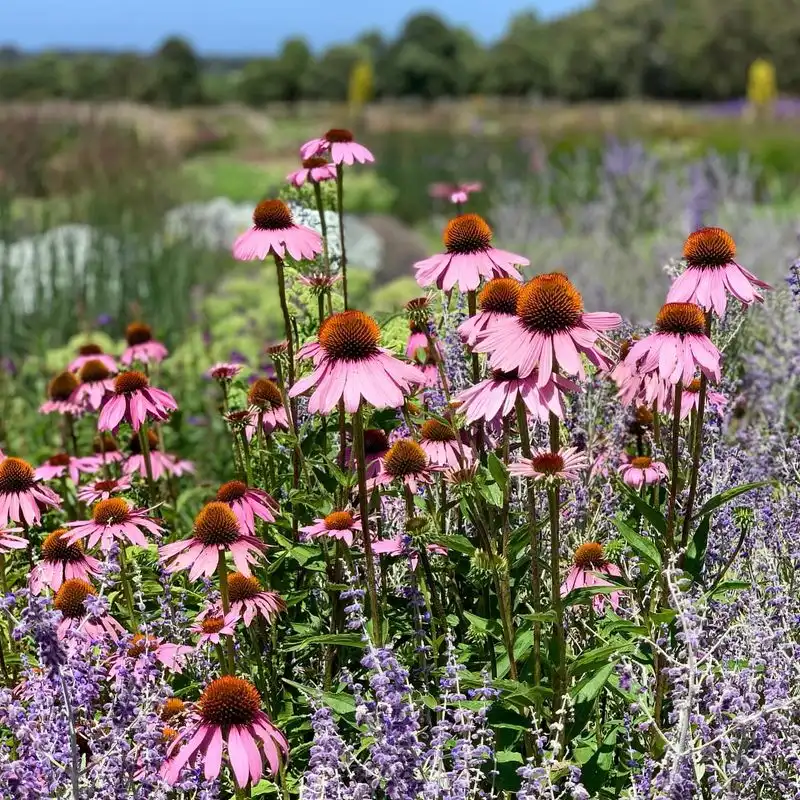
Echinacea, commonly known as coneflower, is celebrated not just for its beauty but also for its medicinal properties. Its daisy-like appearance with drooping petals makes it attractive to bees, who flock to its central cone for nectar. These flowers are long-lasting and add a wildflower touch to gardens. Besides attracting pollinators, echinacea has been used in herbal remedies, particularly for immune system support. Its dual role as a health booster and bee attractor makes it a garden favorite.
Foxglove
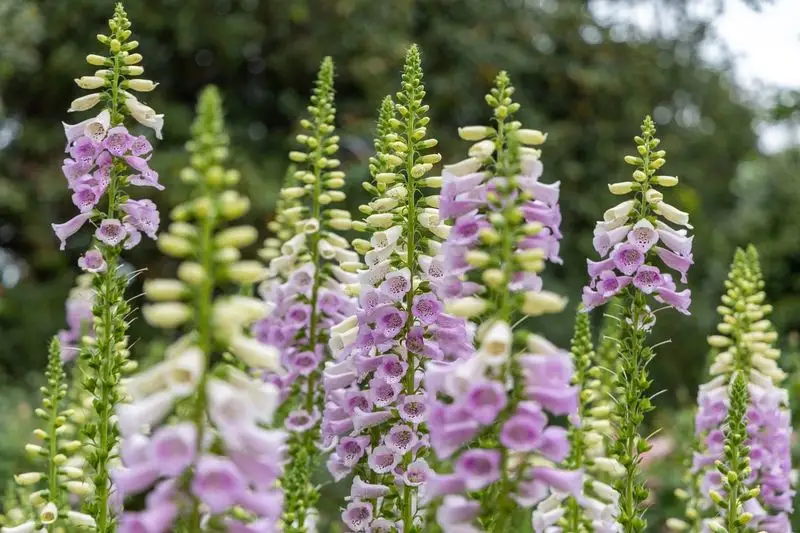
Foxglove’s towering spikes of bell-shaped flowers create a stunning vertical display in gardens. These blooms, which come in shades of pink, purple, and white, are particularly appealing to bees. The tubular shape of foxglove flowers is ideal for bees to extract nectar. Despite its toxic nature to humans, foxglove has been used medicinally, particularly in heart medications. Its dramatic presence and bee-friendly nature make it an intriguing addition to any garden setting.
Clover
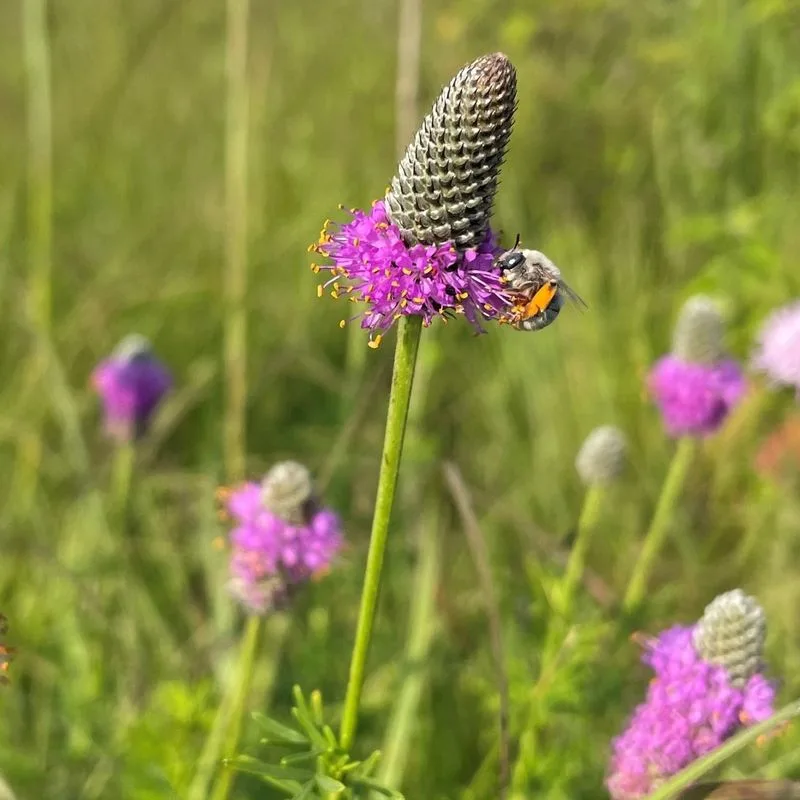
Often overlooked, clover is a humble plant that plays a significant role in attracting bees. Its small, spherical flowers are rich in nectar, making them a frequent stop for bees. Clover is commonly found in lawns, where it helps improve soil health by fixing nitrogen. The plant’s presence in a garden not only supports bee populations but also enhances the fertility of the soil. Its simplicity and environmental benefits make clover a valuable addition to any bee-friendly space.
Cosmos
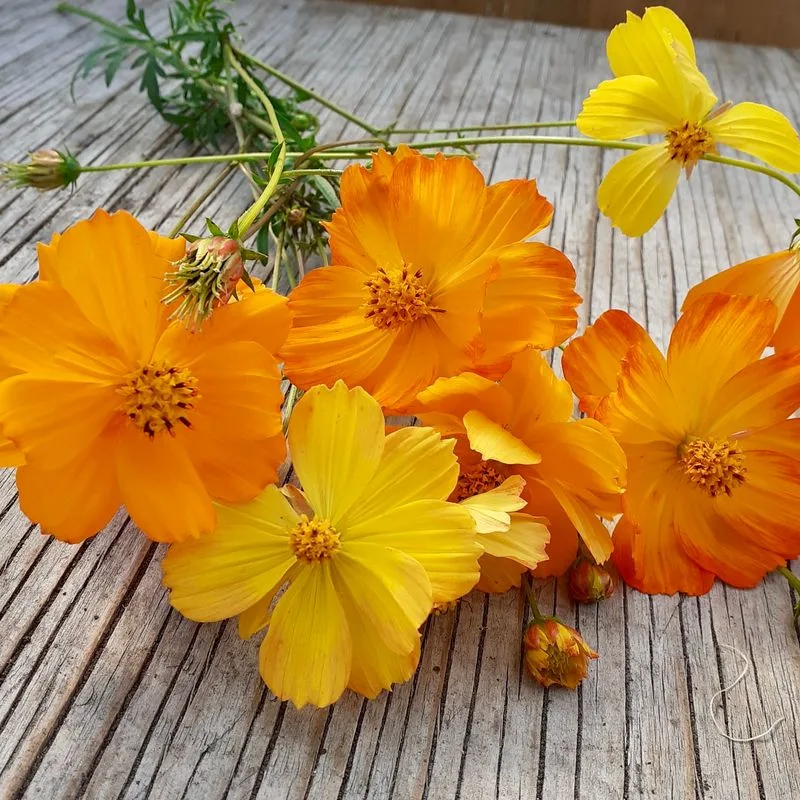
Cosmos, with its vibrant array of colors, is a showstopper in any garden. These flowers bloom profusely throughout the summer, providing a continuous source of nectar for bees. Their open-faced blooms make it easy for bees to access the nectar. Cosmos is not only beautiful but also drought-tolerant, making it an easy-care option for gardeners. Its ability to attract bees while adding a splash of color makes it a popular choice for pollinator gardens.
Salvia
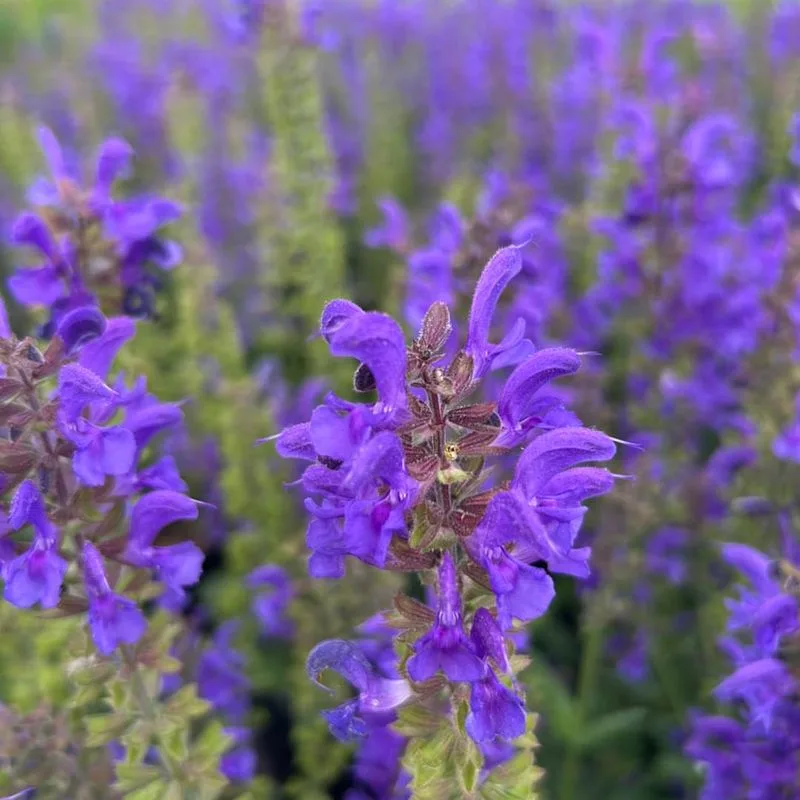
Salvia, known for its spiky blooms and aromatic foliage, is a magnet for bees. Its flowers, which range in color from deep blue to vibrant red, provide a rich source of nectar. Salvia’s long blooming period ensures that bees have a steady food supply throughout the season. This plant is not only bee-friendly but also deer-resistant, making it a resilient addition to gardens. Salvia’s combination of beauty and practicality makes it a favorite among gardeners and bees alike.
Snapdragon
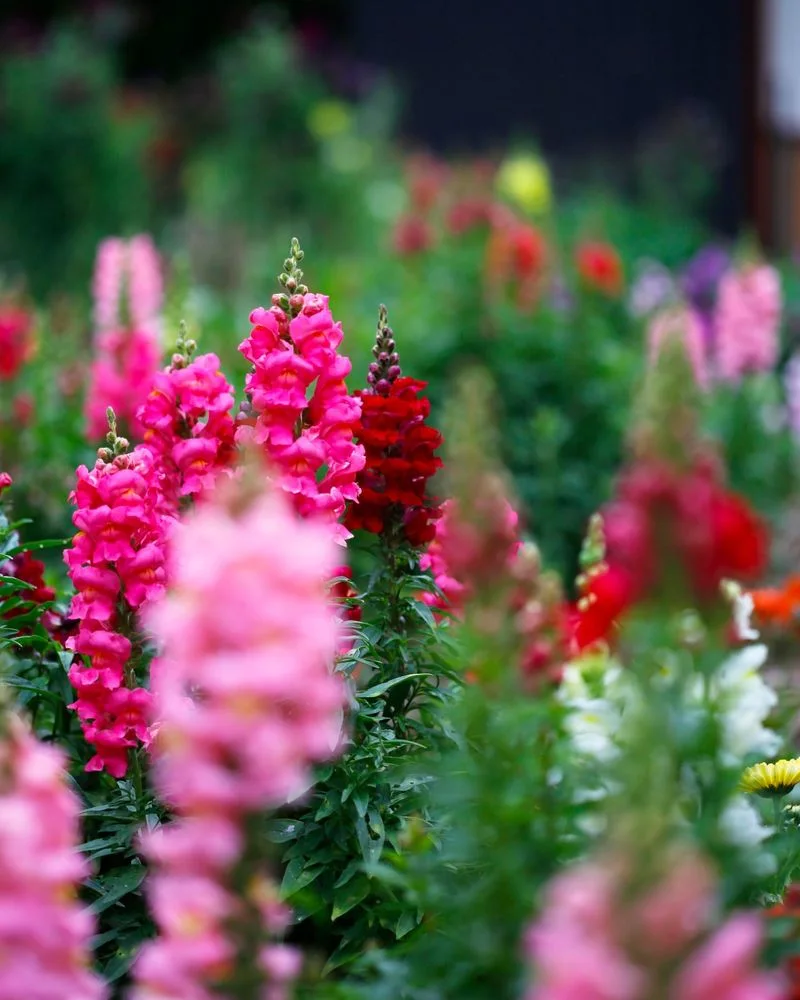
Snapdragons add a playful touch to gardens with their dragon-shaped blooms. These flowers come in a rainbow of colors and are particularly attractive to bumblebees. The unique flower structure requires bees to ‘snap’ open the petals to reach the nectar, making the process as entertaining as it is beneficial. Snapdragons are cool-season flowers, thriving in spring and fall. Their whimsical blooms and bee-friendly nature make them a delightful choice for any garden.
Zinnia
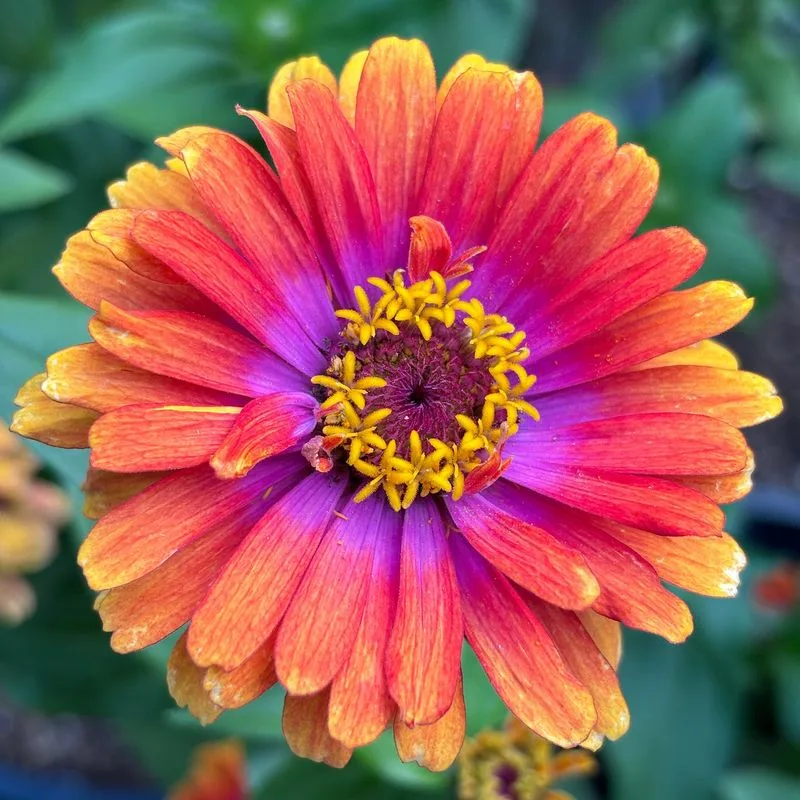
Zinnias are garden favorites, known for their vibrant colors and ease of care. These flowers have a classic daisy-like appearance that appeals to bees. Zinnias are prolific bloomers, ensuring that bees have an abundance of nectar throughout the growing season. Their ability to attract pollinators while adding cheerful hues makes them a staple in flower beds and borders. Zinnias also make excellent cut flowers, bringing their bee-attracting charm indoors.
Goldenrod
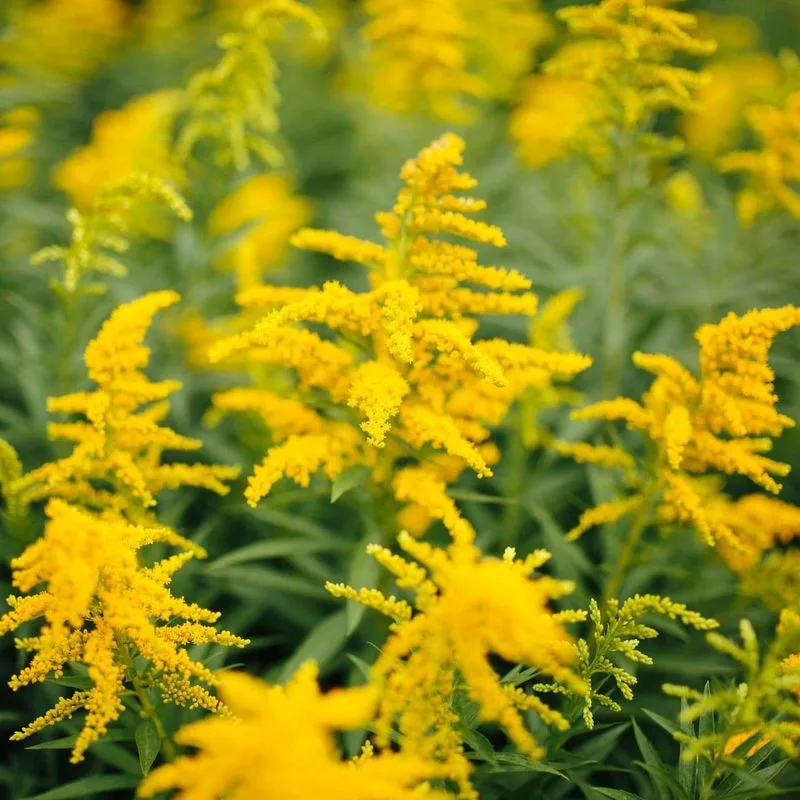
Goldenrod is often mistaken for causing allergies, but it’s actually a bee-friendly plant. These bright yellow flowers bloom in late summer, providing a vital food source for bees preparing for winter. Goldenrod’s tall plumes are a magnet for pollinators, adding both height and color to gardens. This plant’s resilience and ability to thrive in various conditions make it a valuable addition to natural gardens. Its late bloom time ensures that bees are well-fed beyond the summer months.
Hyssop
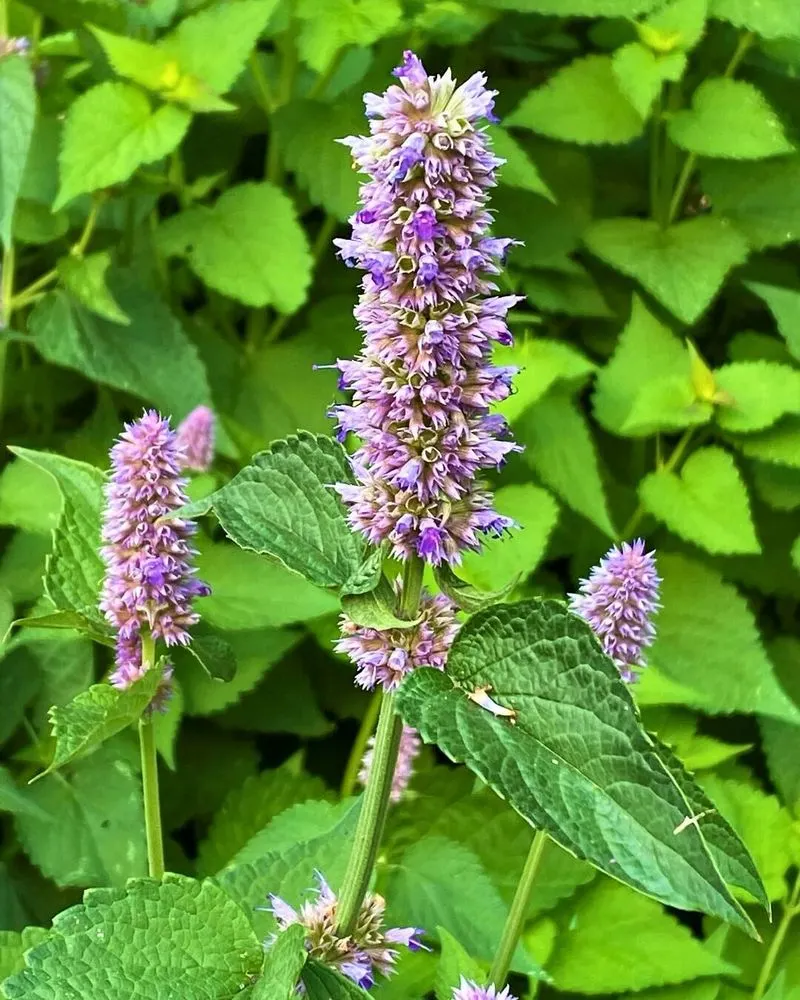
Hyssop is a fragrant herb known for its spikes of purple-blue flowers that attract bees. Its aromatic leaves and long-lasting blooms make it a dual-purpose plant in gardens. Bees are drawn to the abundant nectar that hyssop provides throughout the growing season. Aside from its bee-attracting qualities, hyssop is often used in culinary dishes and traditional medicine. Its versatility and bee-friendly nature make it a cherished addition to herb gardens.
Marigold
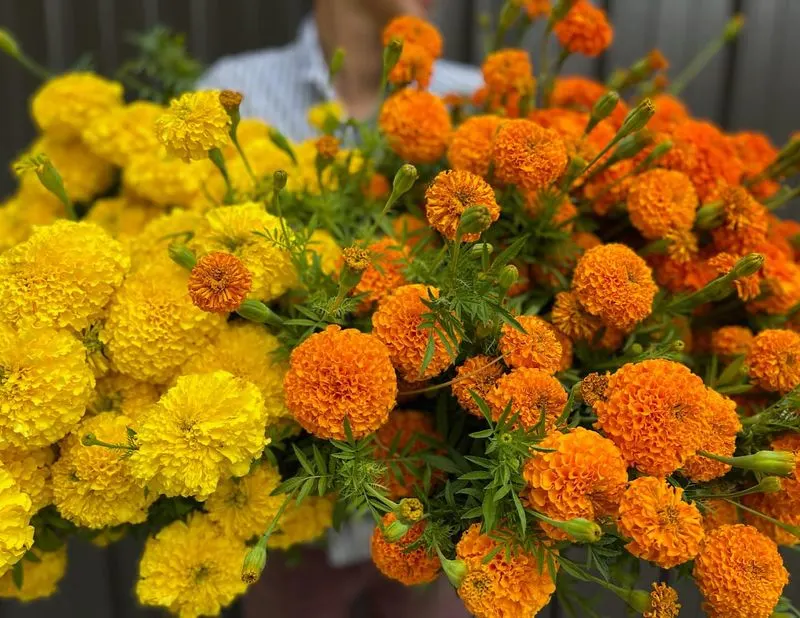
Marigolds are more than just ornamental; they are a boon for attracting bees and other pollinators. These hardy annuals bloom in brilliant shades of orange and yellow, adding warmth to any garden. Bees are particularly drawn to marigold’s open-faced blooms, which offer easy access to nectar. Marigolds are also known for their pest-repelling properties, making them a practical choice for companion planting. Their combination of beauty and utility makes marigolds a gardener’s ally.
Honeysuckle
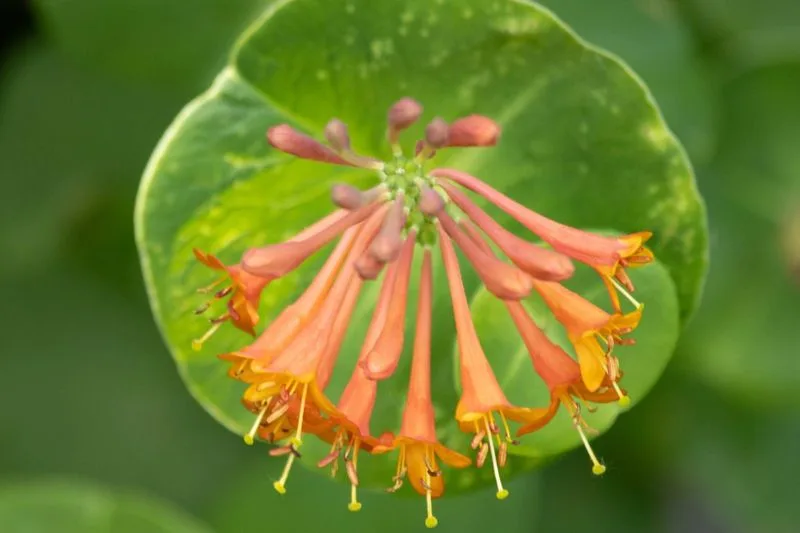
Honeysuckle’s sweet scent and tubular flowers are irresistible to bees. This climbing plant adds a vertical element to gardens, with blooms that attract pollinators throughout the summer. Bees are drawn to the honeyed nectar, making honeysuckle a popular choice for wildlife gardens. In addition to its bee-friendly qualities, honeysuckle provides cover and habitat for birds. Its fragrant blooms and ecological benefits make it a valuable asset to any garden setting.
Lupine
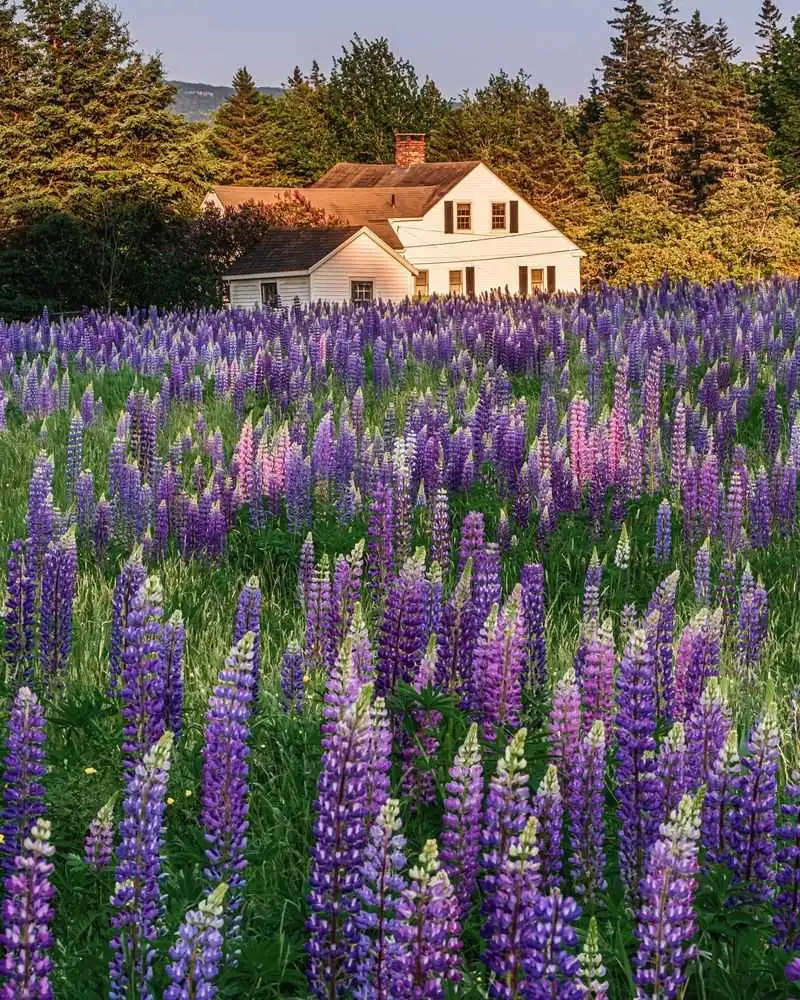
Lupines, with their tall spires of pea-like flowers, are a striking addition to gardens. Bees are particularly fond of their sweet nectar, which is easily accessible in the plant’s unique flower structure. Lupines also have the ability to fix nitrogen in the soil, benefiting the entire garden ecosystem. Their mix of beauty, ecological benefits, and bee-attracting properties makes lupines a smart choice for gardeners. Whether in wildflower meadows or cultivated gardens, lupines stand out.
Verbena
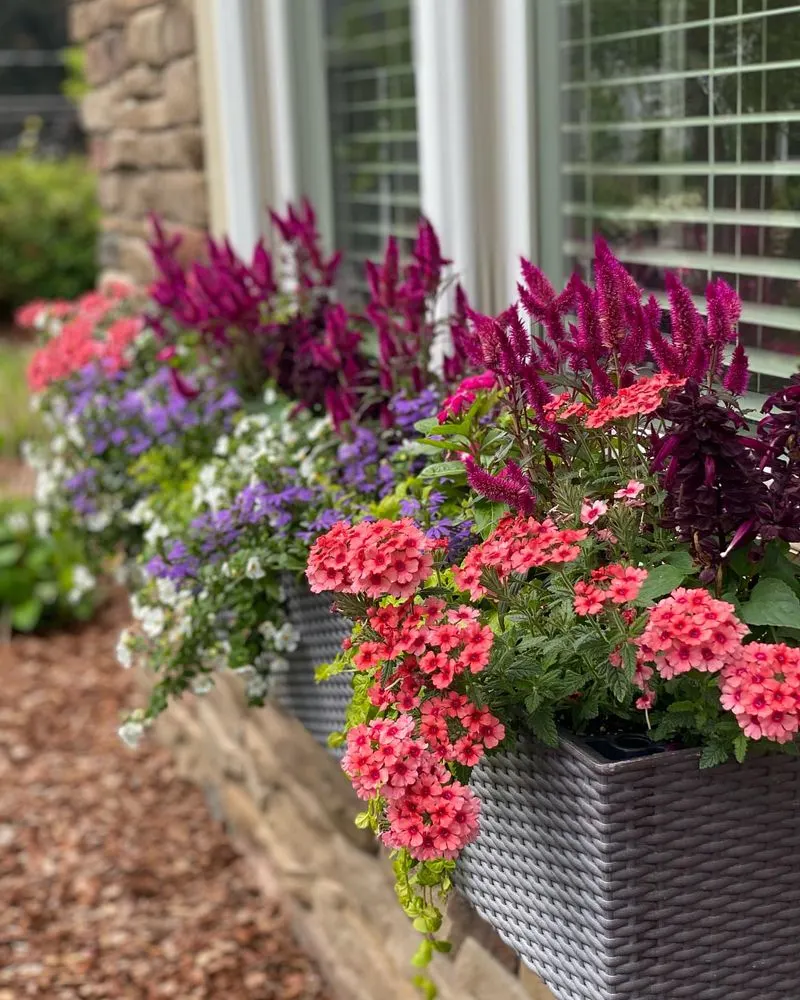
Verbena’s clusters of small, vibrant flowers are a bee’s delight. These blossoms bloom from spring to fall, ensuring that bees have a continuous food source. Verbena’s drought-resistant nature makes it an ideal choice for gardens in warmer climates. Its low-growing habit makes it perfect for borders and hanging baskets, where its cheerful blooms can be admired up close. Verbena’s ability to attract bees while adding a splash of color makes it a versatile addition to garden spaces.

